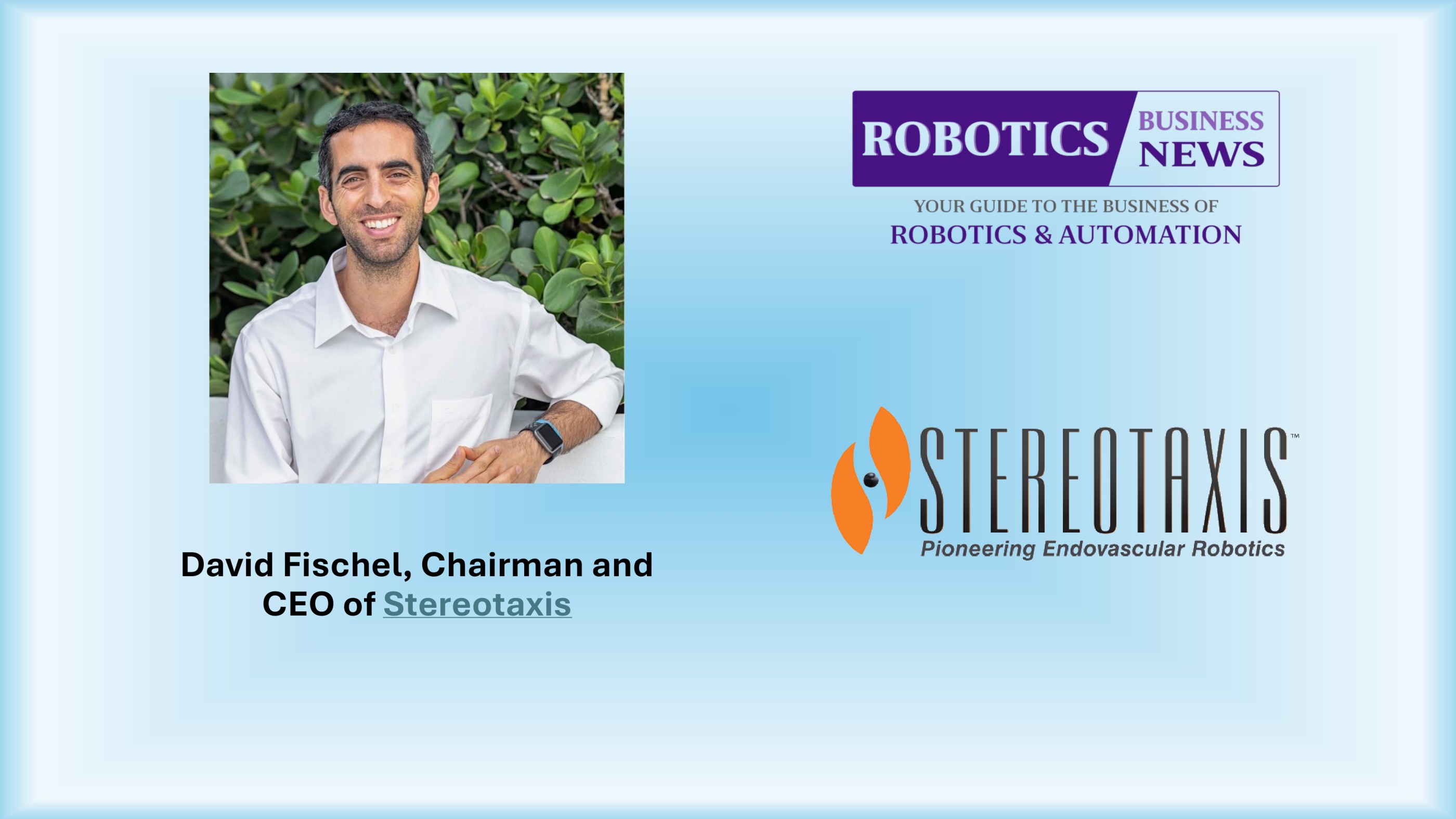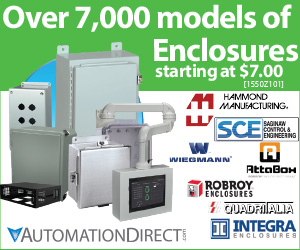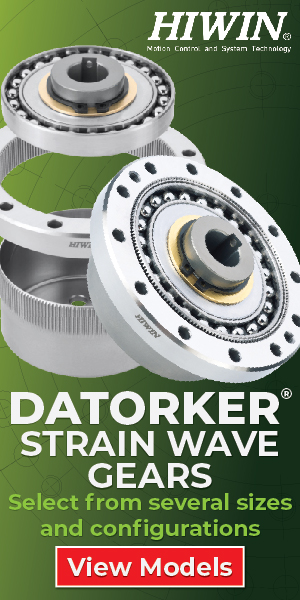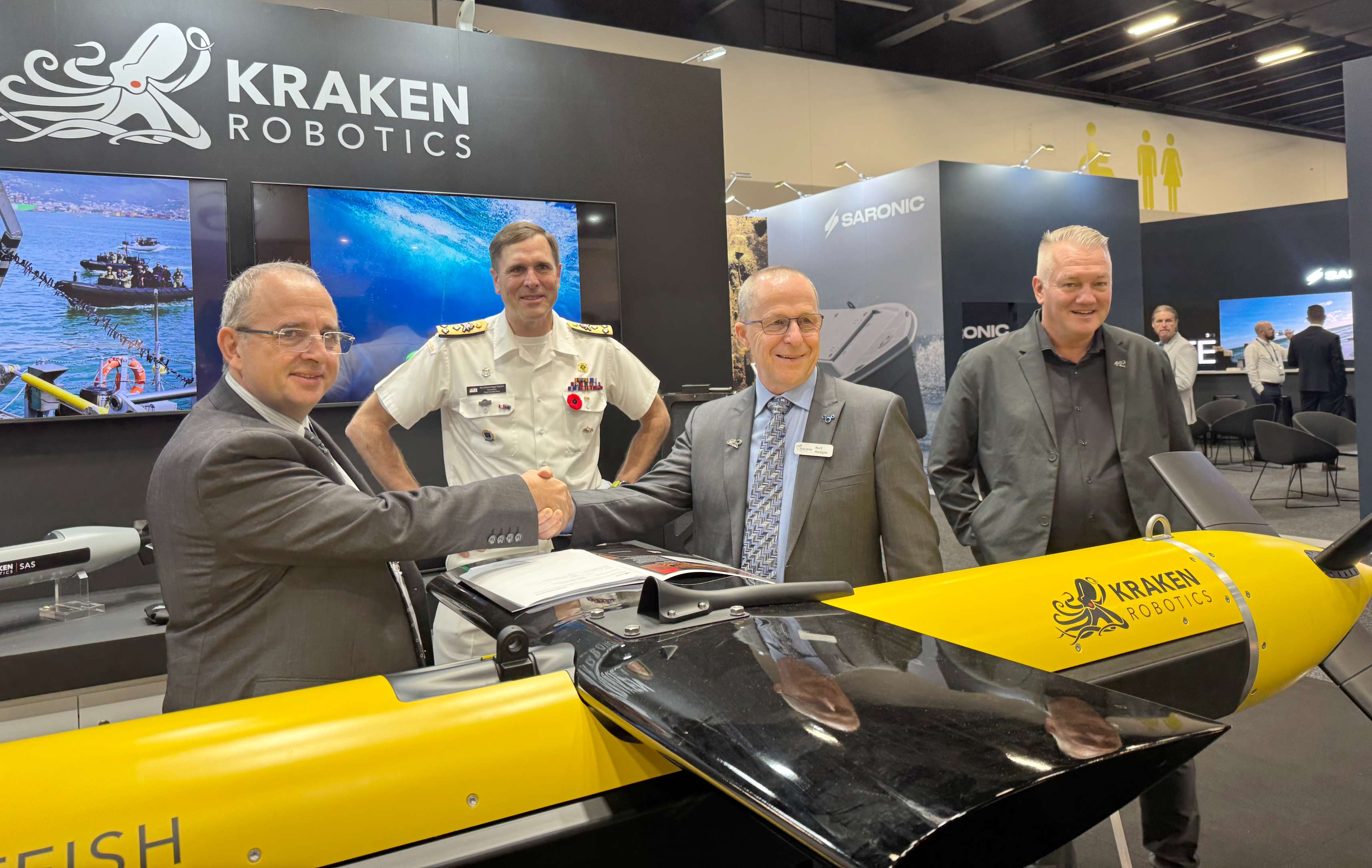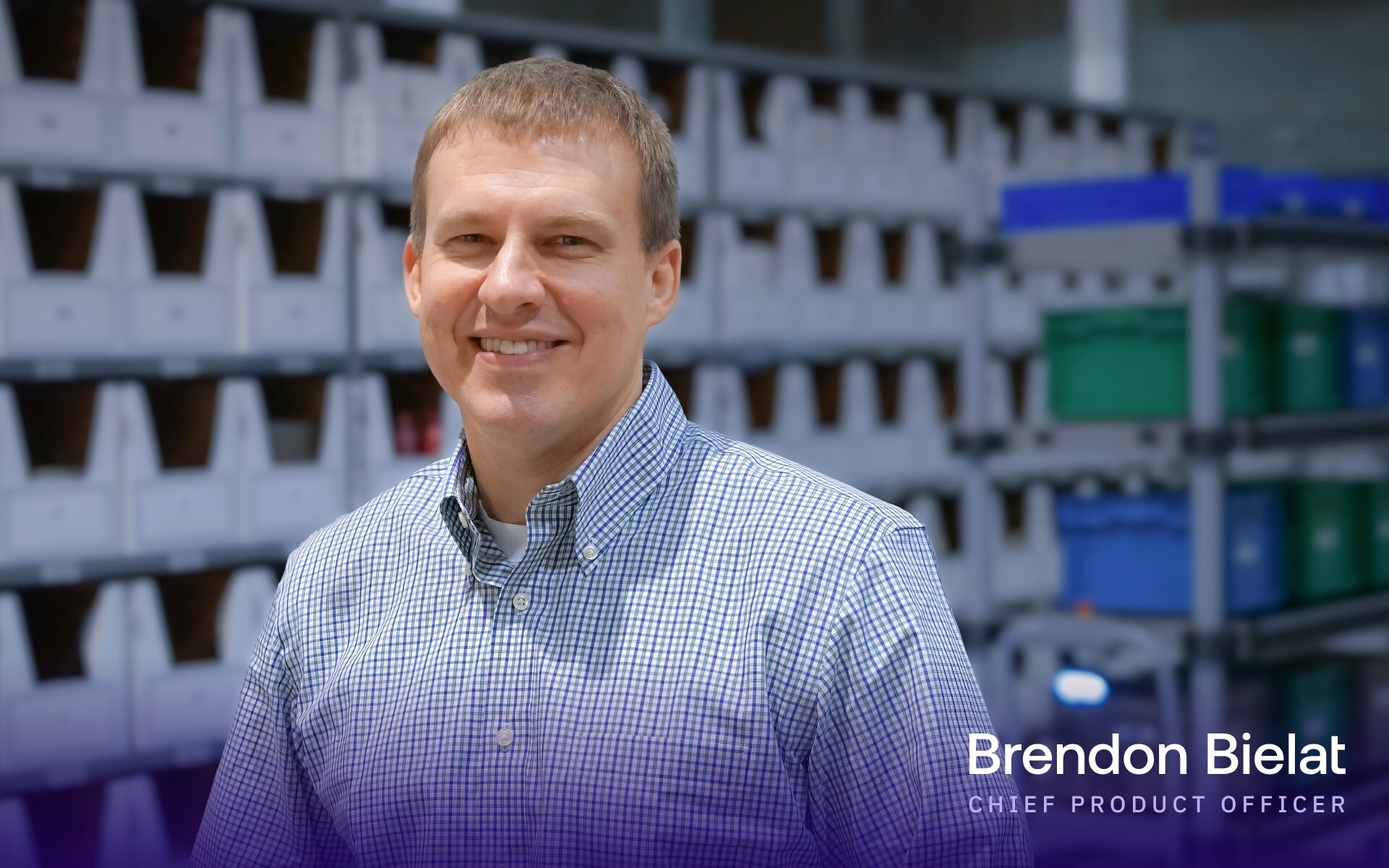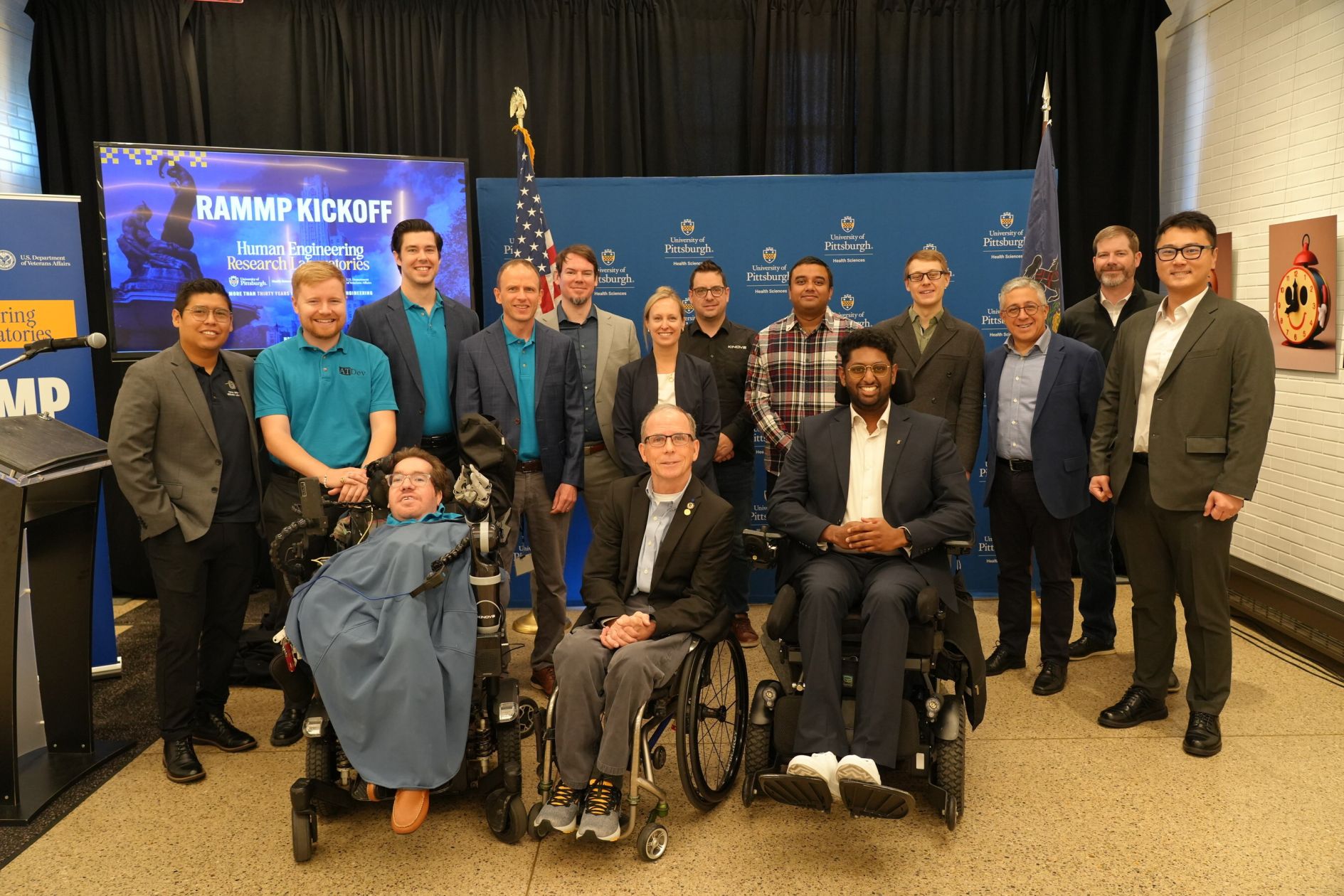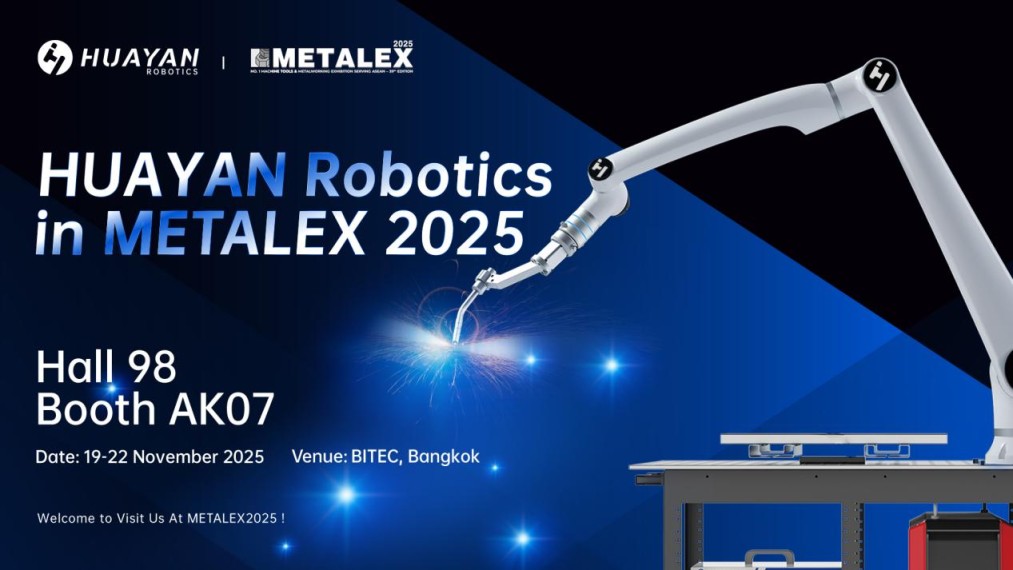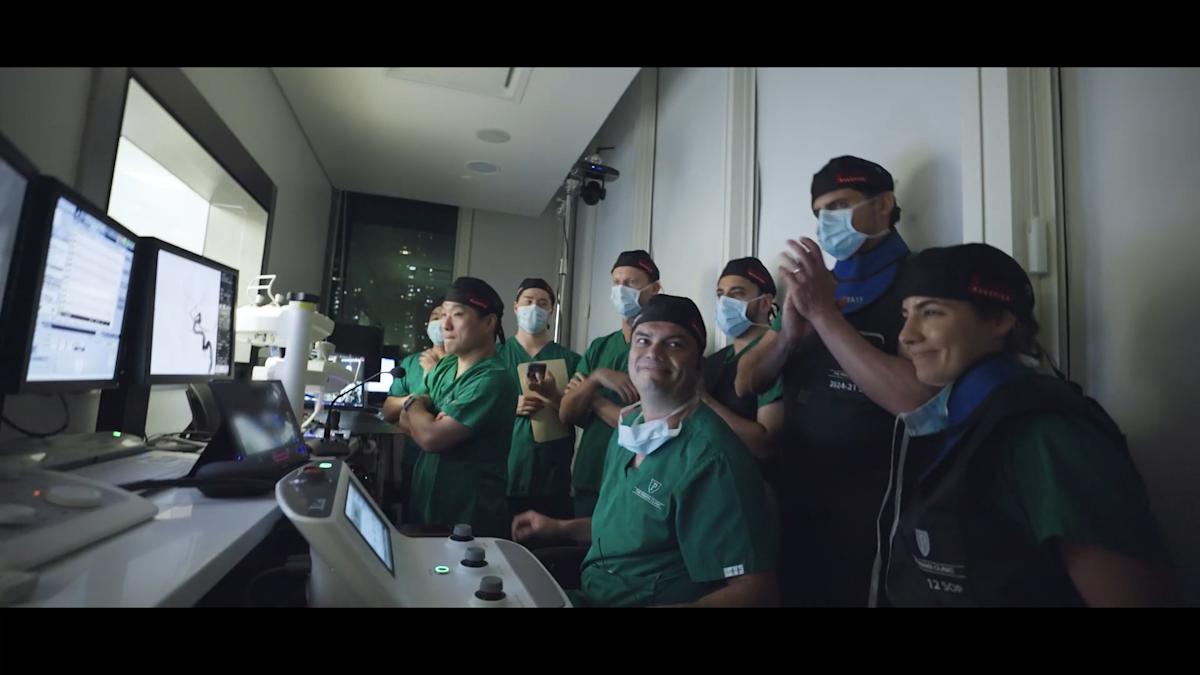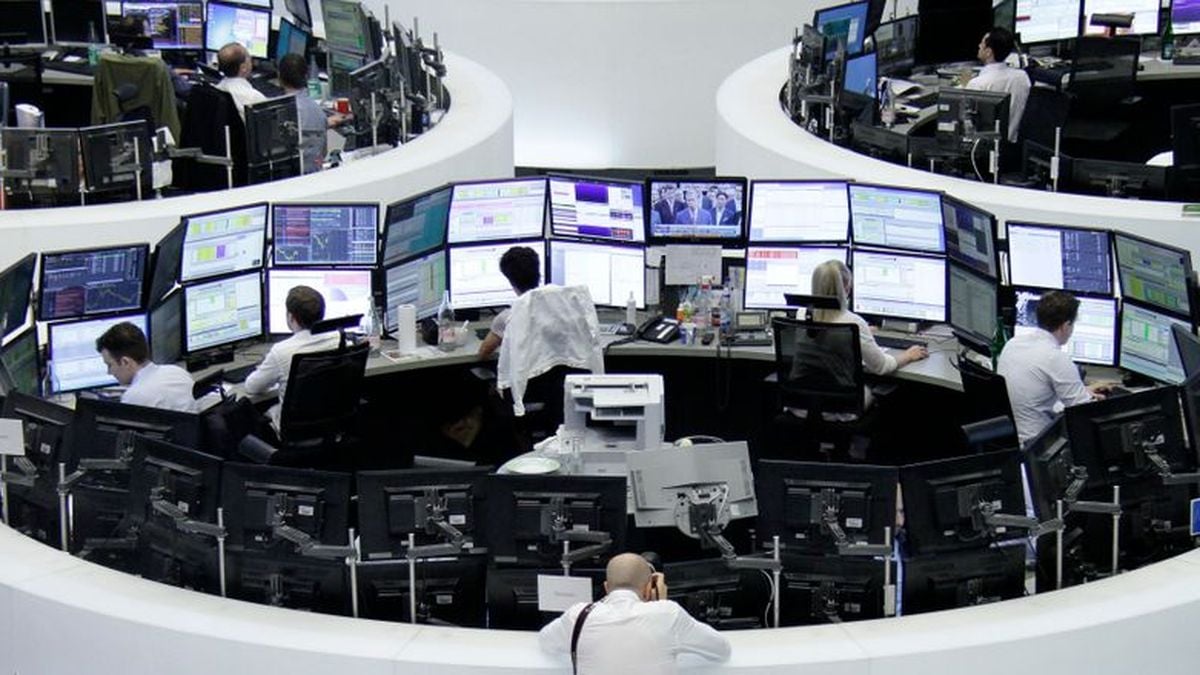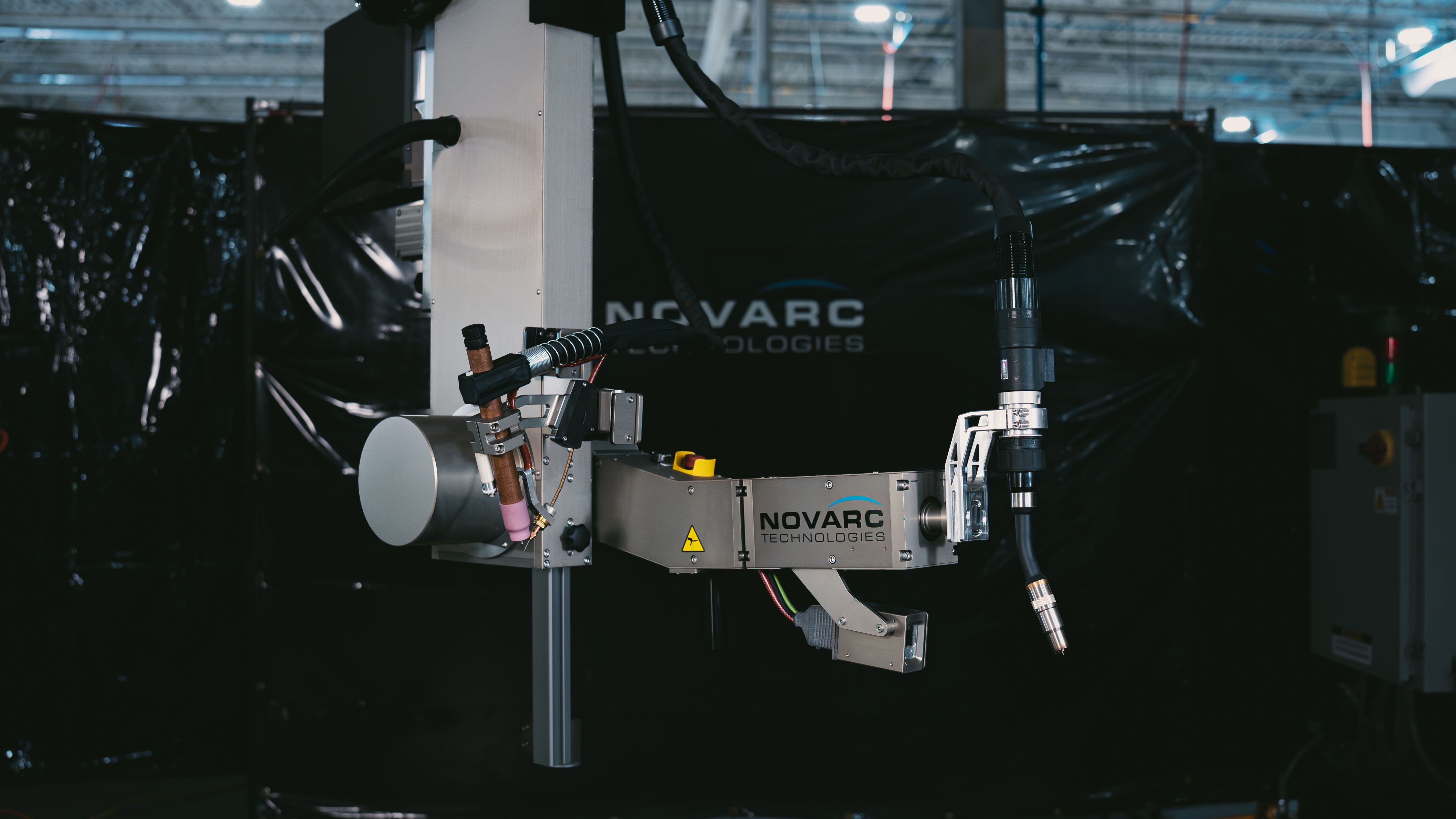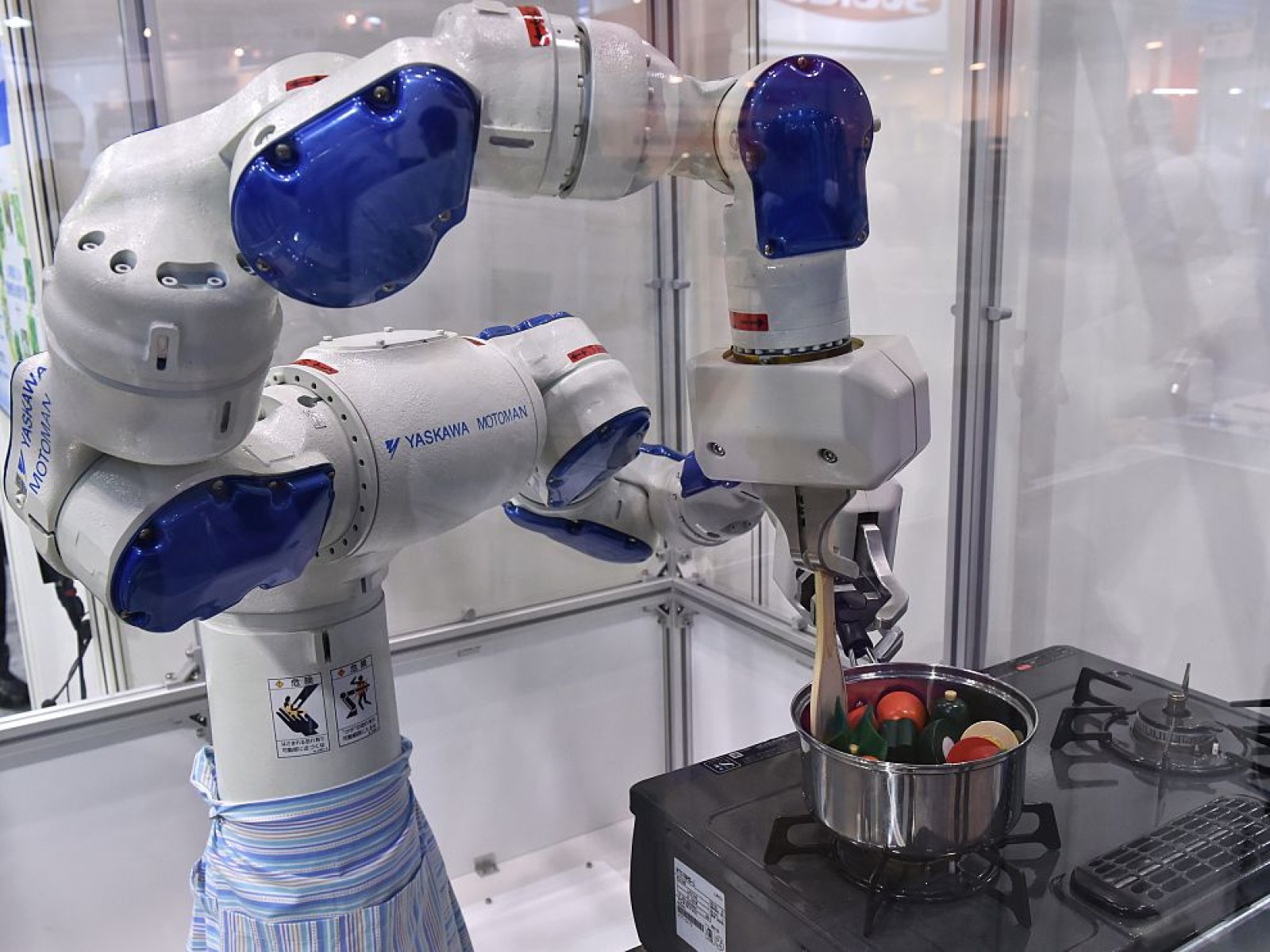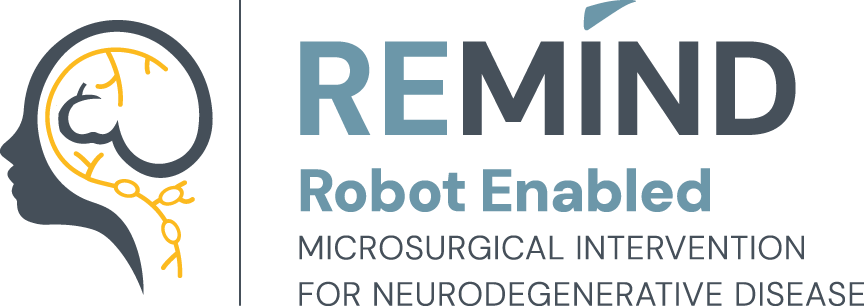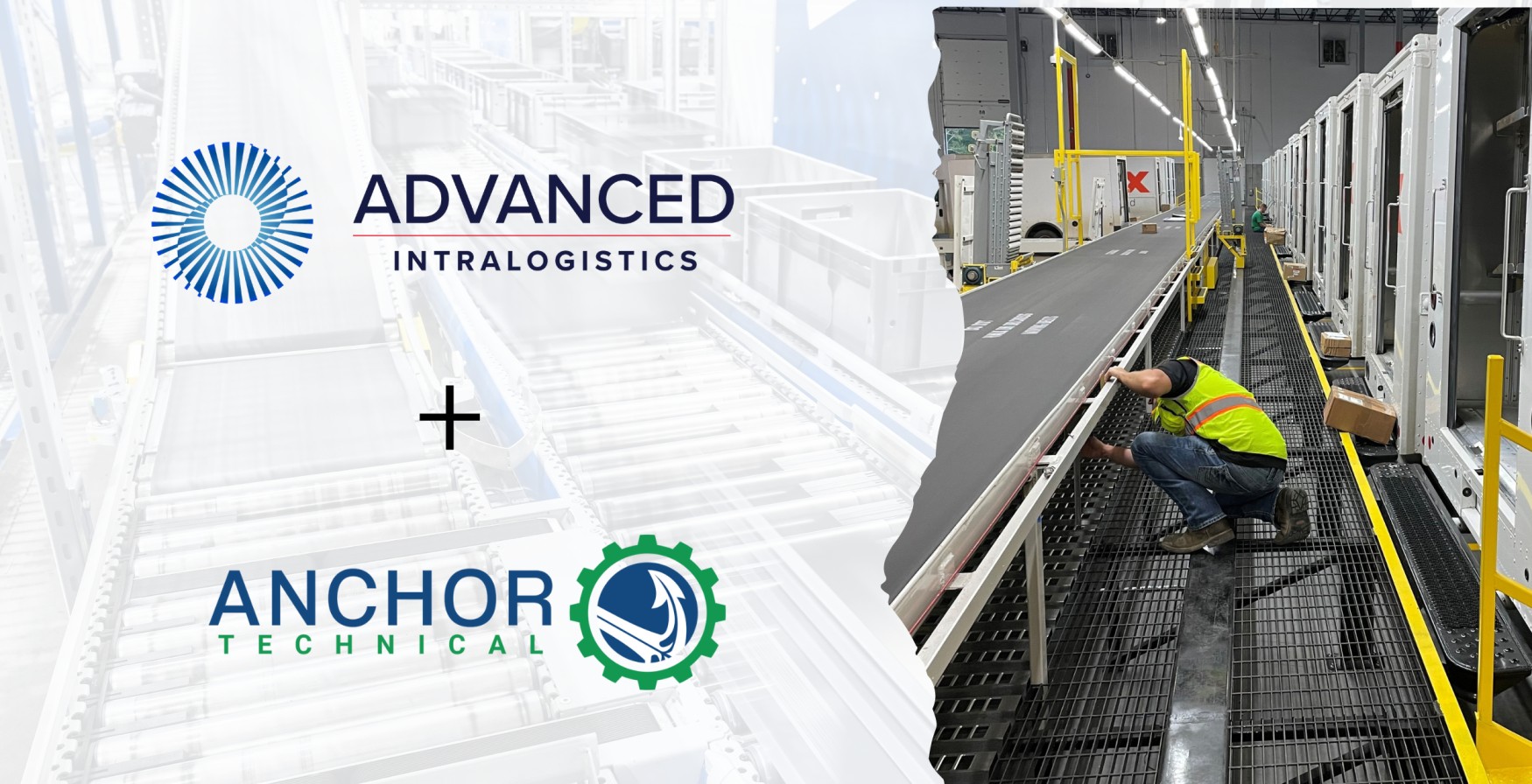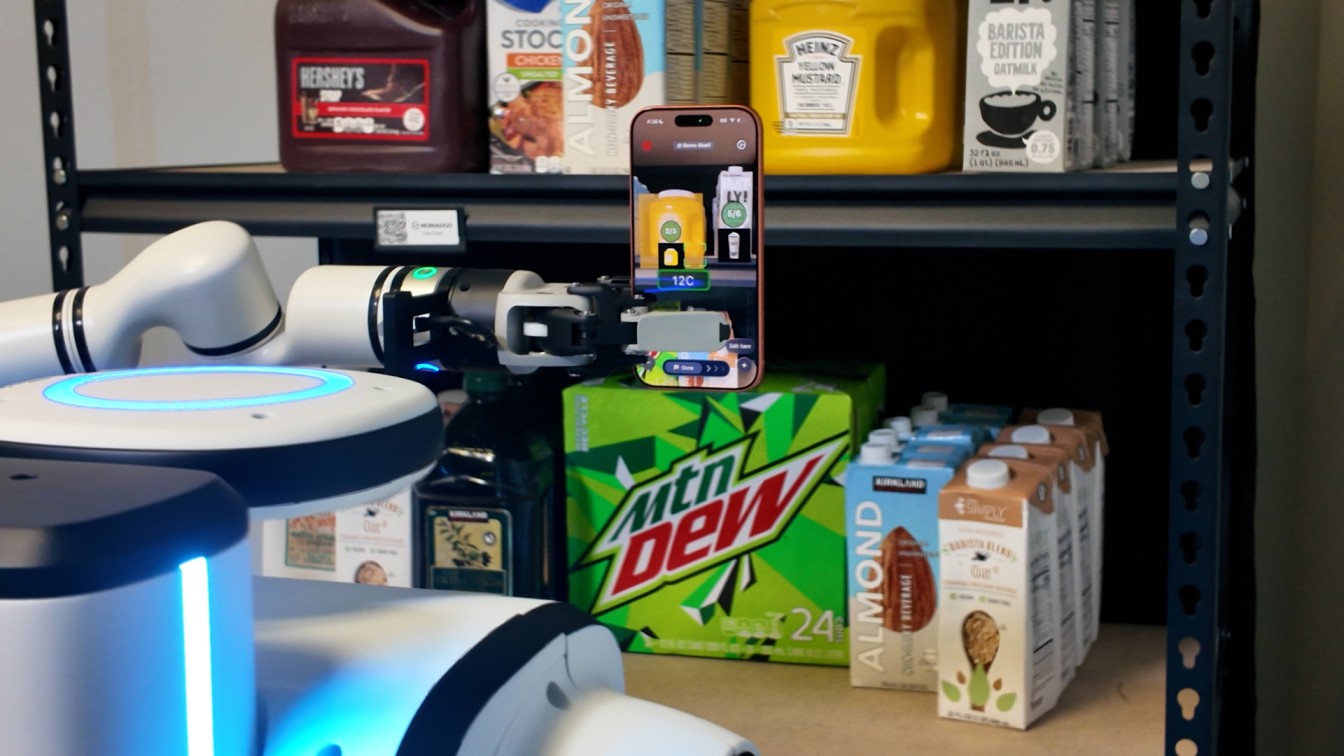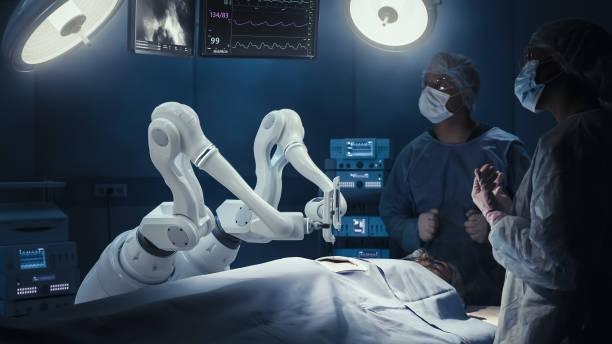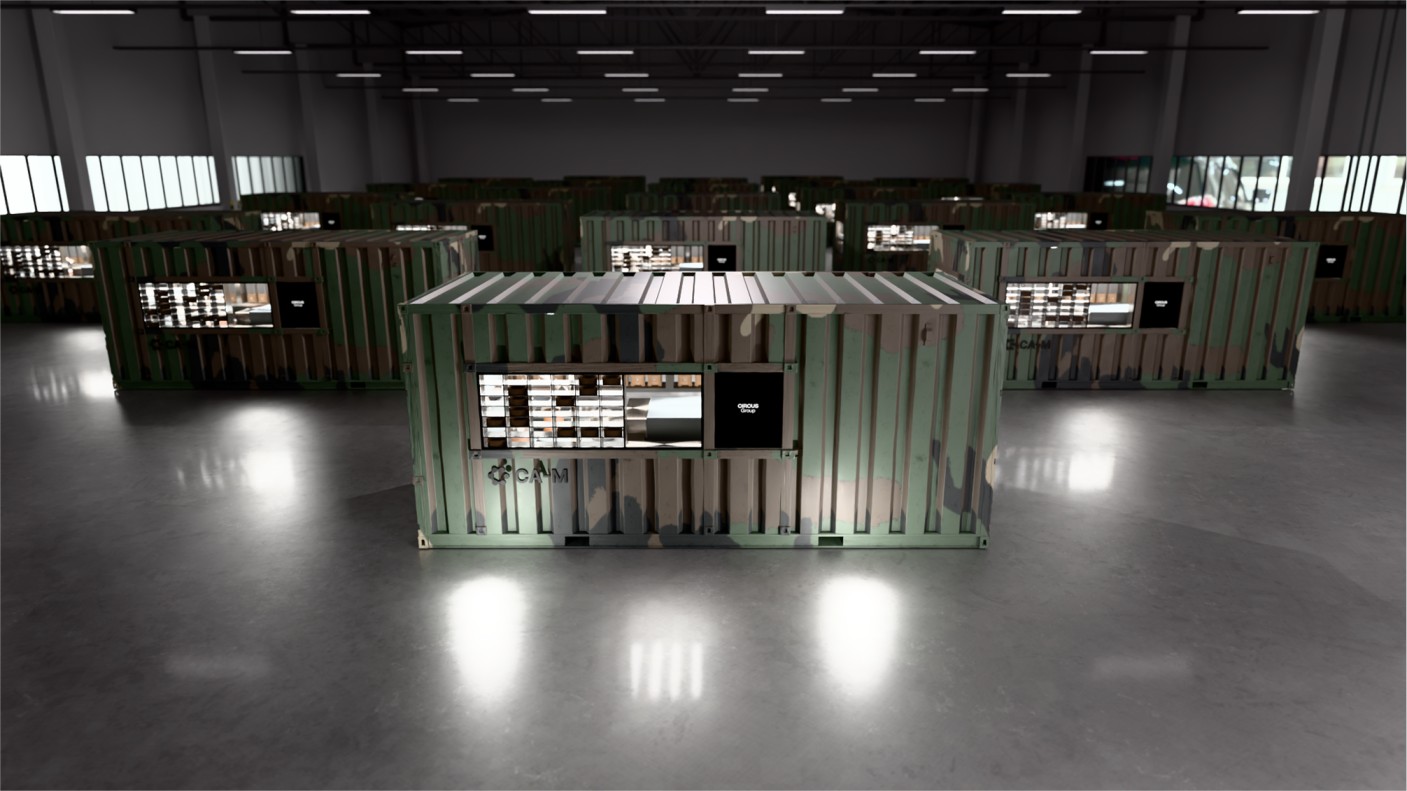Stereotaxis CEO David Fischel on How MAGiC Sweep is Transforming Robotic Cardiac Mapping
06 October 2025 | Interaction | By editor@rbnpress.com
David Fischel tells Robotics Business News how MAGiC Sweep is enhancing precision, safety, and efficiency in minimally invasive electrophysiology procedures
Stereotaxis is pushing the boundaries of minimally invasive cardiac care with its latest innovation, MAGiC Sweep, the world’s first robotically navigated high-density electrophysiology (EP) mapping catheter. In an exclusive Robotics Business News Q&A, Chairman and CEO David Fischel discusses how this breakthrough device is enhancing precision, improving patient safety, and streamlining workflow in complex heart procedures. With real-time mapping, robotic navigation, and seamless integration with existing systems, MAGiC Sweep represents a major leap forward in robotic cardiac technology and sets a new standard for EP care worldwide.
What key clinical need does MAGiC Sweep solve compared to existing mapping catheters?
David Fischel: The MAGiC Sweep catheter is the world’s first robotically navigated, high-density electrophysiology (EP) cardiac mapping catheter. The innovation of high-density mapping alone has transformed the EP space, but even greater clinical value can be realized when paired with robotics.
This breakthrough device, compatible with Stereotaxis’ Robotic Magnetic Navigation Systems (RMNS), uses 20 electrodes to collect real-time data and more precisely map complex heart anatomy. Its flexible, atraumatic design is designed to reduce tissue trauma and anatomical distension associated with rigid, manually steered catheters. Robotics can support enhanced precision and procedural efficiency. The catheter’s unique design, paired with Stereotaxis’ robotic technology, helps physicians access difficult areas safely and lays the groundwork for automated mapping workflows that elevate and standardize quality across cases.
How does robotic navigation change the workflow and outcomes for EP procedures?
David Fischel: Robotic navigation is driving transformative change for minimally invasive cardiac ablation procedures. RMN uses very precise computer-controlled magnetic fields to give physicians unmatched responsiveness and precision control in navigating tiny medical devices in a patient’s heart. The technology improves care for patients while at the same time improving operator safety by reducing radiation exposure and risk. This system also enables a repeatable, data-rich workflow where mapping and ablation can be executed with enhanced precision and less operator fatigue.
Just last week, we announced the successful completion of the world’s first procedures using MAGiC Sweep. Performed at Deborah Heart and Lung Center, the physicians using the catheter expressed great excitement about their ability to now create a more accurate, precise map of complex anatomy which is critical in arrhythmia treatment. The catheter is in early stages of commercial roll out, but already, usage shows significant benefit in mapping arrhythmias with precision, stability, and clarity. We’re eager to continue seeing the real-world change enabled by MAGiC Sweep going forward.
How does MAGiC Sweep integrate with existing mapping systems and software?
David Fischel: MAGiC Sweep was designed to integrate seamlessly with Stereotaxis' robotic navigation system. The system has been designed to support broad integration of mapping and diagnostic systems through our OpenMappingAPI. This enables interoperability with various systems allowing physicians procedural flexibility and choice. We believe facilitating this open ecosystem directly benefits physicians and patients through workflow streamlining and enhanced visualization.
What is the learning curve for physicians and centers adopting this technology?
David Fischel: For centers already using Stereotaxis, the learning curve for MAGiC Sweep is minimal, if any. It is the robotic workflow they know, with a new high-density mapping capability and functionality to further streamline procedure workflow and support improved procedural outcomes. For new users used to conventional navigation techniques we support seamless adoption with a hands-on approach, consisting of a structured simulator, onboarding curriculum, and tele-robotic peer support, which lets teams practice navigation and mapping virtually. The system is very user-friendly and intuitive, meaning learning how to perform a robotic workflow can be done swiftly.
What is the economic value proposition for hospitals and payers?
David Fischel: The value proposition for robotics in EP is substantial. It can be summarized in four main buckets: enabling therapy, improving patient safety, operational efficiency, and staff safety.
First, underserved patients with complex heart arrhythmias don’t always get the care they should. Robotics enables treating even the most complex arrhythmias and we have many hospitals that have built complex arrhythmia care programs treating patients that are passed over or have failed therapy at other centers. Treating patients successfully is a significant savings for healthcare systems by avoiding downstream costs of the sickness.
Second, patient safety is obviously paramount and reducing adverse events is an important clinical value and economic value. A body of published clinical evidence supports a reduction in patient adverse events with Stereotaxis’ robotic technology in EP.
Third, operational efficiency can be enhanced, particularly in complex procedures and with MAGiC Sweep which is designed to accelerate high-density mapping and supports algorithm-driven automation, which can expedite processes, procedures, and standardize performance.
Finally, for physicians and hospital staff, we're able to reduce chronic radiation exposure and lead-related orthopedic injuries in the EP lab.
This milestone marks yet another significant competitive differentiator for our company, and what we offer. Not just the proprietary catheter technology, but the patient safety being enabled by it. Our novel mapping catheters give providers a cutting-edge leg up in the competitive market and help attract complex referrals by positioning them as a key destination for the most advanced arrhythmia care. It also represents the first in a planned portfolio of proprietary robotically navigated interventional devices being developed by Stereotaxis and further strengthens our company’s market position and the advancement of surgical robotics utilization more broadly.
What are Stereotaxis’ next milestones following this FDA clearance?
David Fischel: The U.S. commercial launch of MAGIC Sweep, which is already underway with the first U.S. MAGiC Sweep clinical procedures just completed in early September, along with European regulatory clearance, which we’ve submitted for. Beyond that, MAGiC Sweep is one of multiple robotics devices and launches in our pipeline, along with anticipated regulatory momentum. There will be no shortage of momentum in the coming months as we continue advancing our portfolio to expand what’s possible in robotic electrophysiology.


